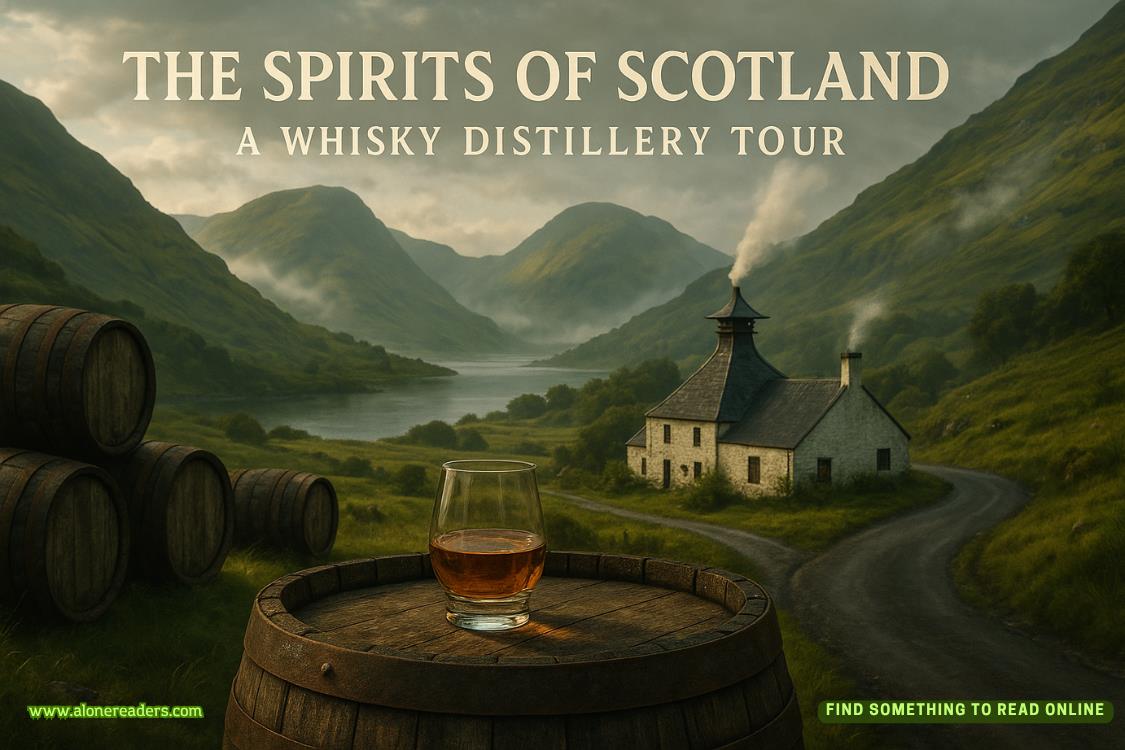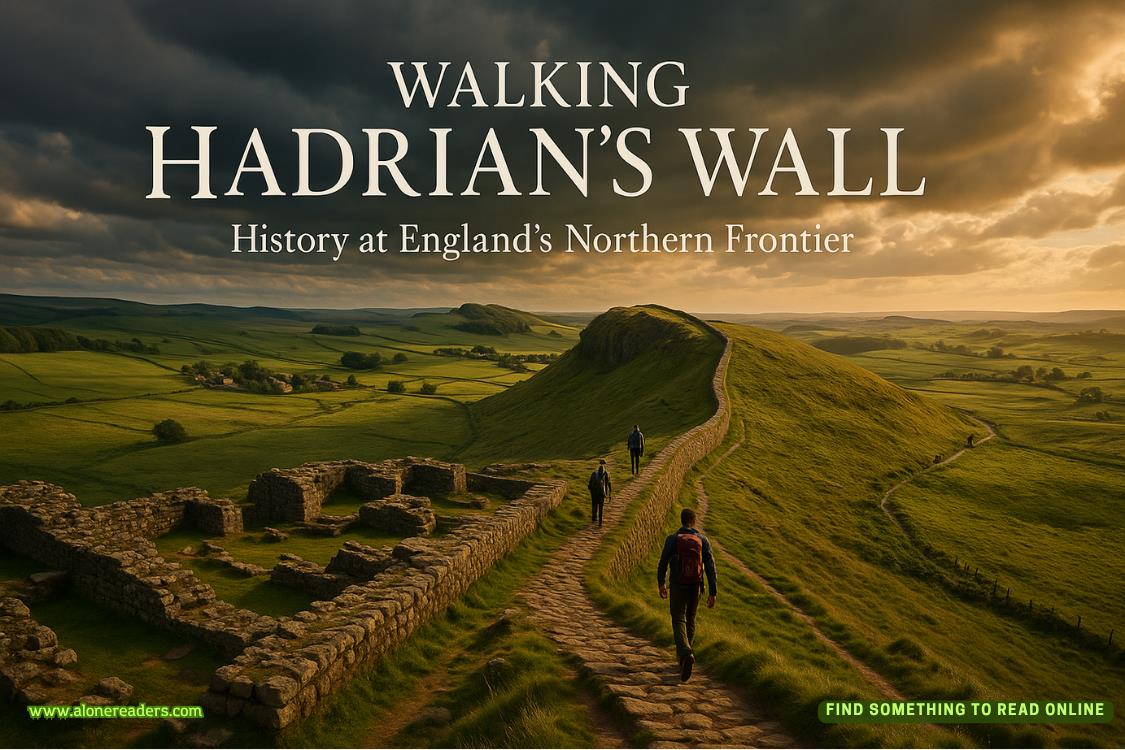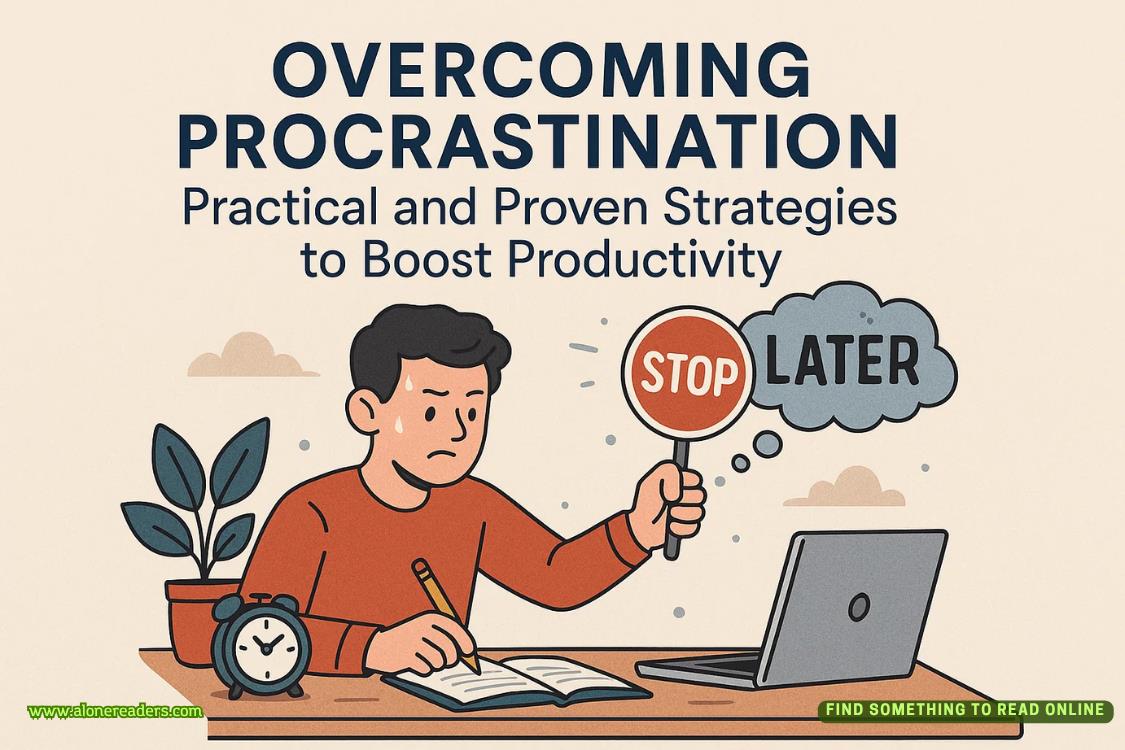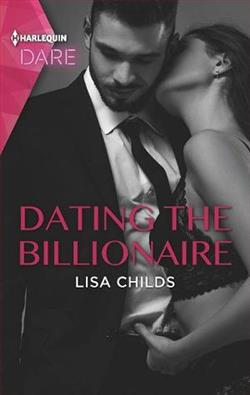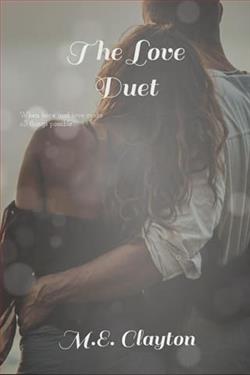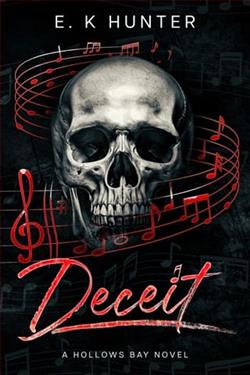Page 146 of A Death in Cornwall
The next morning brought yet another shocking development. This time the news was delivered by the chief constable of the Avon and Somerset Police and concerned the discovery of five bodies at an estate near the hamlet of Raddington. Preliminary ballistics analysis indicated that the victims had been killed with two separate nine-millimeter weapons. Four of the men were former soldiers who made their livings as private security contractors—a description that covered all manner of sins—and the fifth was a former MI5 counterintelligence officer employed by Harris Weber & Company. More intriguing still was the nominal owner of the property where the incident had occurred: Driftwood Holdings, an anonymous shell company controlled by Valentin Federov. Prime Minister Lancaster, in a brief appearance before reporters outside Number Ten, said the available evidence suggested Russian involvement. With the exception of the mendacious Kremlin spokesman, no one took issue with the statement.
Calls to the Monaco office of Harris Weber & Company received no answer. Neither did a pro forma email, sent three days later, offering the firm’s founding partners the opportunity to comment on a story that would soon appear on the website of the Telegraph. Written by Samantha Cooke and four other seasoned investigative reporters, the exposé detailed how the secretive law firm had helped some of the world’s wealthiest people conceal their riches and evade taxation by using anonymous shell companies registered in offshore financial centers. Armed with millions of sensitive attorney-client documents supplied by an unidentified source, the newspaper was able to peel away the layers of secrecy and identify the real owners of the vaguely named corporate entities. Moguls and monarchs, kleptocrats and criminals. The richest of the rich, the worst of the worst.
Within hours of the story’s publication, protesters poured into the streets of capitals around the world, demanding higher wages for workers, higher taxes for billionaires, and justice for autocratic rulers who enriched themselves at the expense of their people. The largest protest took place in London’s Trafalgar Square and included a tense standoff with police at the gates of Downing Street. Prime Minister Lancaster, a man of means himself, pledged sweeping reforms of Britain’s financial services industry and real estate markets. The remarks briefly sent the FTSE into a tailspin. The City moneymen, fearful the music was about to stop, tut-tutted their disapproval.
Follow-up stories appeared almost daily. One detailed how Harris Weber & Company had helped a Middle Eastern potentate secretly purchase more than a billion dollars’ worth of real estate in Britain and the United States. Another explored how the firm used an elaborate scheme known as “the art strategy” to move clients’ money from its country of origin to offshore tax havens. A key player in the fraud was Edmond Ricard, the murdered art dealer whose gallery had been located within the boundaries of the Geneva Freeport. Using an internal Freeport document, the source of which was never revealed, the story identified more than a dozen billionaire collectors who stored paintings in the facility. The multibillionaire chairman of a French luxury goods conglomerate, outraged by the disclosure, announced plans to move his enormous collection to Delaware. And when the French government commenced a review of the chairman’s most recent tax returns, he threatened to take up residence in lower-tax Belgium. Much to the dismay of his countrymen, the Belgians suggested he remain at home.
A subsequent story revealed Harris Weber’s previously unknown connection to an untitled portrait of a woman, oil on canvas, 94 by 66 centimeters, by Pablo Picasso. This time the Telegraph’s team of reporters identified their source; it was Charlotte Blake, the Oxford art historian and provenance research specialist who had been murdered near Land’s End in Cornwall, allegedly by the serial killer known as the Chopper. Professor Blake had determined that the painting’s rightful owner was Emanuel Cohen, a Paris physician who had fallen to his death down the steps of the rue Chappe in Montmartre. The timing of his death, coming just three days after Professor Blake’s murder, suggested a possible connection—and foul play on the part of someone. If nothing else, the painting for which Dr. Cohen was searching finally gave the scandal a name. From that point forward, the press referred to it as the Picasso Papers.
The French police immediately opened an investigation into Dr. Cohen’s death, and their counterparts in Cornwall quietly lowered the number of killings attributed to the Chopper from six to five. The Sûreté de Monaco, long tolerant of tax evasion and other financial shenanigans, issued a rare pledge of cooperation, but were soon investigating the first known case of homicide in the principality in living memory. The victim was Ian Harris, founding partner of the corrupt law firm that bore his name. He died on the pavement of the boulevard des Moulins after having been struck by no fewer than twelve bullets. Later it would be widely assumed, though never conclusively proven, that the two gunmen had been dispatched by an angry client.
The rest of the firm’s lawyers wisely shredded their files and went into hiding. Konrad Weber returned to his native Zurich, where he was soon the target of a wide-ranging investigation led by FINMA, the Swiss financial regulatory agency. He met his end on the Bahnhofstrasse beneath the wheels of a Number 11 tram. A hand to the back, and down he went. No one saw the man who pushed him.
***
Nearly lost in the daily deluge of disclosures were the Graveses. Hugh tried briefly to cling to his seat in the Commons but was told he faced expulsion if he did not resign. He did so with a written statement, thus avoiding a nasty confrontation with the Whitehall press corps. In a special by-election held just six weeks later, the Tories surrendered a seat they had held for more than a generation. Still, the margin of Labour’s victory was sufficiently small that the political team at Party Headquarters held out hope that the next election would result in a respectable trouncing rather than a complete and utter annihilation.
Lucinda fared little better. A return to Lambeth Wealth Management was out of the question, for Lambeth was forced to close its doors after being abandoned by its clients. She sought work at other investment houses—several of which had taken part in the plot to maneuver her husband into Downing Street—but not even the wealth management division of Deutsche Bank would touch her. Determined to salvage her reputation, she hired London’s top crisis-management firm, only to be advised that it would be best if she and her husband disappeared. Her high-priced criminal lawyers thought it a fine idea.
They sold off the grand houses in Holland Park and Surrey—to anonymous shell companies, of course—and vanished so quickly that it was almost possible to imagine they had never existed in the first place. Where they went was anyone’s guess. There were purported sightings in the usual places, Mustique and Fiji and the like, but no documentary evidence to support the claims. A wholly unsubstantiated theory circulated that Lucinda had met with the same fate as Ian Harris and Konrad Weber. Another rumor implied that she had stashed more than a billion pounds in the Cayman Islands. This one had a ring of truth, as the Telegraph was soon to discover. The actual amount of Lucinda’s offshore holdings was closer to a half billion pounds, all of it held by shell companies.
When at last the Graveses resurfaced, it was in Malta, a favorite port of call for scoundrels and tax evaders the world over. The prime minister, a client of Harris Weber & Company, issued the couple Maltese passports in record time and was a frequent visitor to their luxurious seaside villa. Lucinda found work as a rainmaker with one of Malta’s most corrupt banks. Hugh, having nothing better to do, began work on a novel, a steamy thriller about a British politician who seeks power at any cost and loses his soul. A once fabled British publishing house purchased the work sight unseen for four million pounds.
The reinvention of Hugh Graves as a literary figure—not to mention the appalling size of his advance—ignited a firestorm of criticism in the British press. The minor scandal was soon overshadowed, however, by the brutal murder of a twenty-three-year-old woman from the Cornish village of Leedstown, by all appearances the Chopper’s latest victim. With the Metropolitan Police still in control of the investigation, Detective Sergeant Timothy Peel, having returned to duty after a brief leave of absence, was free to pursue a private matter. Someone, it seemed, had stolen his sailboat.
60
Senen Cove
The cottage stood at the end of Maria’s Lane in the hamlet of Senen Cove. It had four bedrooms, a modern kitchen, and a spacious sitting room that Gabriel, after a painstaking survey of the alternatives, claimed as his studio. The favorable publicity surrounding his recent appearance at the Courtauld Gallery had resulted in an avalanche of lucrative requests for his services. Regrettably, a financially lopsided prior commitment, made under duress during a boozy lunch at Claridge’s, required his attention first.
The work in question, Madonna and Child, oil on canvas, 94 by 76 centimeters, by Orazio Gentileschi, arrived at the cottage in the back of a Mercedes transit van. Gabriel extracted the painting from its shipping crate and secured it to a large studio easel. A cool sea breeze, blowing through the open windows, vented the noxious fumes of his solvents. Nevertheless, at Chiara’s insistence, he agreed to wear a protective mask for the first time in his long career.
He rose at dawn each morning and worked without a break until midday. The children, after gamely sampling the local pub fare, prevailed on their mother to prepare proper Venetian lunches instead. Afterward Gabriel would hike along the South West Coast Path to the tiny port of Mousehole, where he had stashed the ketch. The dangerous rip currents and swift tides of the Cornish coast posed a welcome challenge to his seamanship. The long walks back to the cottage in Senen Cove shed five pounds from his already slender physique.
Returning home late one afternoon, he was surprised to see Nicholas Lovegrove sitting on the terrace with Chiara, a glass of wine in hand. He had traveled all the way to Cornwall, he claimed, to check on the status of the Gentileschi. The true purpose of the visit, though, was to interrogate Gabriel about the Picasso Papers scandal. Gabriel told Lovegrove as much as he could, which was next to nothing.
“Come on, Allon. Show a little leg.”
“Suffice to say, Nicky, you played a small but vital role in preventing Hugh Graves from becoming prime minister.”
“I gathered that. But how?”
“One thing led to another. That’s all I can say.”
“And the Picasso?”
“The flight data on Harris Weber’s executive jet would suggest that the painting is in the British Virgin Islands. The authorities there are searching for it now.”
“Kicking down doors, are they?”
“Hardly.”
“It’s a shame the painting slipped through our fingers,” said Lovegrove. “Still, I have to admit, I rather enjoyed our little escapade. Especially the time I spent with Anna Rolfe.” He turned to Chiara. “She really is quite extraordinary, don’t you think?”
Gabriel interjected before his wife could answer. “Perhaps we should discuss the Gentileschi instead.”
“How soon can you have it ready?”

